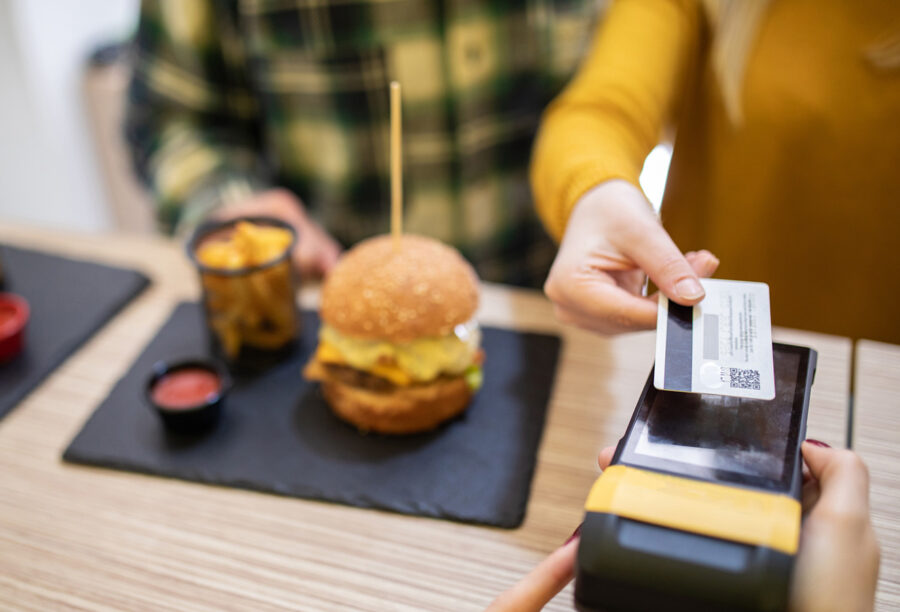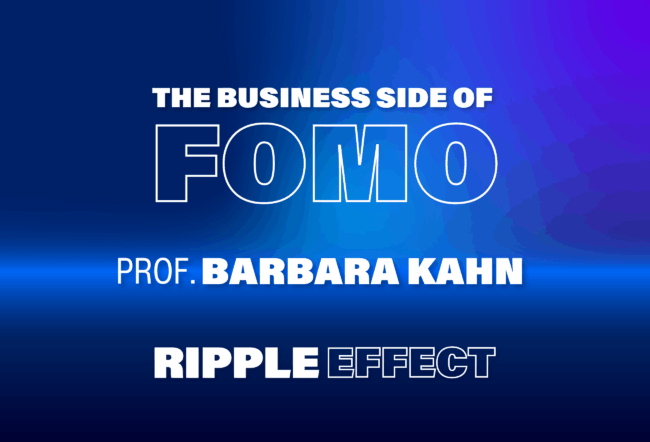Loyalty programs are a great way for companies to grab more customers by offering perks such as free shipping or unlimited refills, especially during this period of high inflation as consumers look to cut costs. But new research from Wharton marketing professor Raghuram Iyengar reveals that loyalty programs don’t always reap financial rewards for retailers.
While the programs deliver an initial surge in customers, they also cost money to execute well. And they need to be enticing enough to keep members coming back for more products long after their curiosity about the program has faded.
“What they’re trying to do is generate a habit for people,” Iyengar said, pointing to restaurant chain Panera Bread’s Unlimited Sip Club as an example. Launched in early 2020, the club offered unlimited refills on coffees and teas for $8.99 a month. In July, that price will increase to $10.99 but expand to include lemonades and fountain drinks.
The club price of about $130 a year is a bargain for customers, considering Americans spend an average of $2,000 a year on coffee. But Iyengar said the low price indicates the program may not be profitable for Panera unless enough club members pay the fee without visiting the restaurant often, or they order food items along with their drinks.
“Hopefully, when you’re coming in for coffee, you get something to eat. It’s this cross-transfer they’re hoping for,” he said during an interview with Wharton Business Daily on SiriusXM.
Iyengar is co-author of a paper titled “The Impact of Subscription Programs on Customer Purchases,” along with Young-Hoon Park, management and marketing professor at Cornell University, and Qi Yu, marketing professor at Singapore Management University. The paper was published last month in the Journal of Marketing Research, and the authors wrote about it for Harvard Business Review.
In the study, the professors analyzed 15 months of sales data for 24,000 customers enrolled in a loyalty program with a cosmetics retailer in Asia. The program was an instant success: Customers on average spent twice as much per month after joining. But that growth was unevenly spread across the program, with some members spending a lot more than others.
“I say it jokingly, but there’s only so many tacos and so many coffees one can have.”
“I think there are lots and lots of positives,” Iyengar said of loyalty programs. “The big negative, which [surprised the company] and speaks a lot toward some of the other subscriptions we’ve seen failing, is that not only do the revenues go up … but the cost to serve customers also goes up.”
He referenced Amazon Prime and its free shipping as another example. The popular membership program has reportedly cost the company millions, which Amazon makes up through other avenues, including seller fees. Taco Bell’s first iteration at a rewards program in 2015 failed, proving too costly for the low-budget chain. Now, Taco Bell and many other restaurants are retailers are revitalizing their rewards programs to lure shoppers who want to stretch their budgets during 8.5% inflation.
But Iyengar cautions that inflation is also forcing shoppers to be picky about which programs they keep. Netflix learned that when they lost 200,000 subscribers in the first quarter, its first decline in a decade.
“I say it jokingly, but there’s only so many tacos and so many coffees one can have,” he said. “What companies are trying to do is make that a particular habit. But for consumers to have that habit and have it across so many subscriptions is very, very hard today.”
Based on their research, the authors shared three key takeaways for retailers to get the most out of loyalty programs:
- Go beyond averages and analyze trends on an individual level. Understanding the customer whose spending is likely to increase the most after joining a loyalty program can help marketers better target prospects going forward.
- Don’t just measure change in profits, measure what drives those changes. When the cosmetics company offered free shipping to loyalty program members, the average number of purchases increased. However, the average size of the basket decreased because members were no longer incentivized to bundle items to reduce their shipping costs.
- Don’t forget about the cost of serving customers. Companies must factor the increased costs associated with serving rewards members. In the study, 14% of loyalty members spent the most money but also incurred the highest costs for the retailer.
Iyengar thinks loyalty programs will continue to be popular with customers, so more retailers will create them or tweak the ones they currently have. But cash-strapped consumers are making hard choices right now between necessities and luxuries, and Iyengar said companies need to do the same. That may explain why the streaming service CNN+ shut down after three weeks, despite a $100 million investment.
“Just putting a plus sign in front of your streaming [service] and hoping consumers will show up — that’s not going to happen,” Iyengar said. “Not surprisingly, I think CNN decided to cut their losses early on and not spend more after a lost cause. Even with all that money they were putting in, the content was not appealing to people.”



